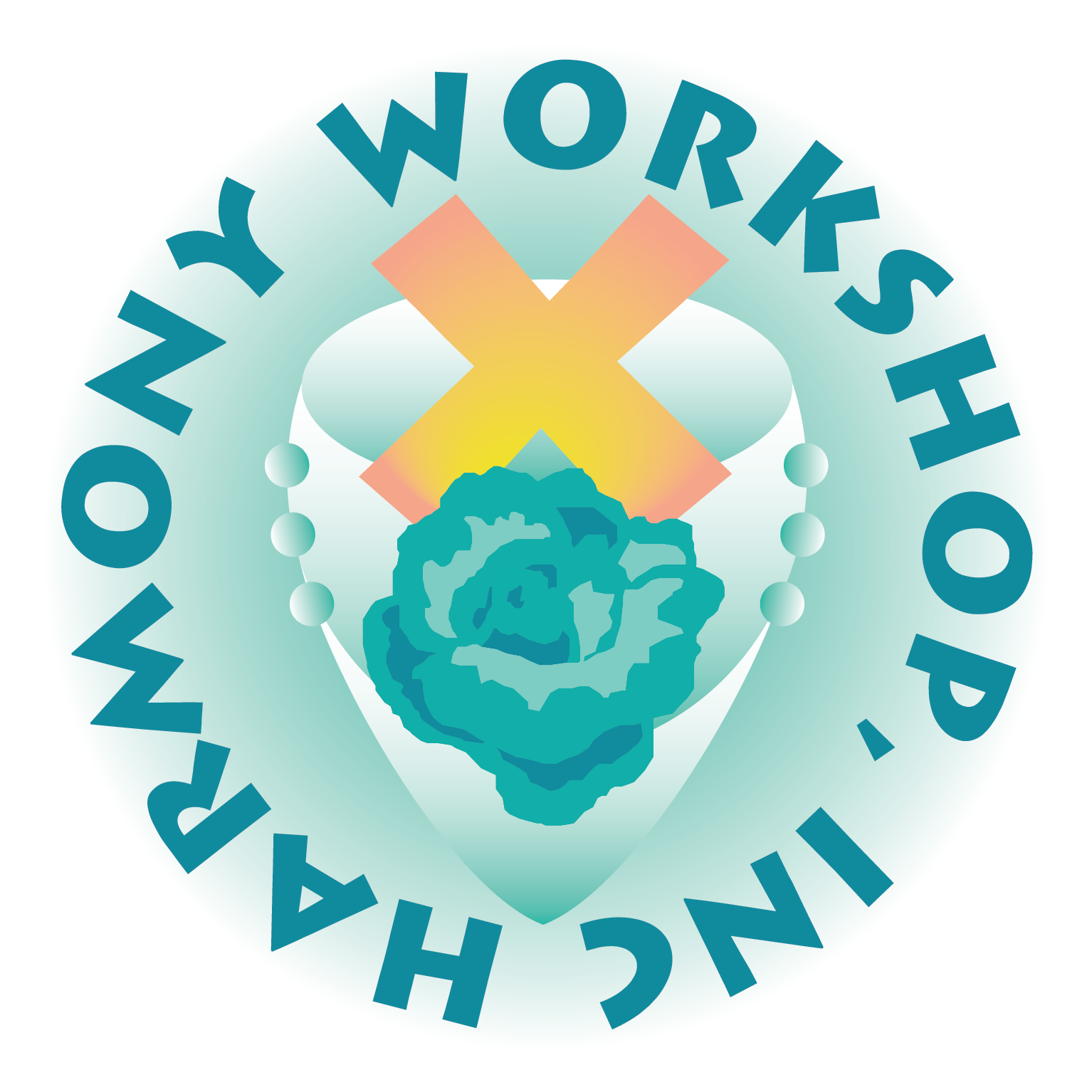Article & Experiment - The Map
from Sophia, Creating a Soul, Wise Woman's Journal, Vol I, No 5, Fall/Winter 1995
The Map
Did you once think a long time ago (say, when you first heard the Teaching) that you were at Point A, would just apply the Principles, march to their tune in a nice straight line, and soon find yourself snugly at Point B - transformed, happy ... and non-disturbed, of course?
We tend automatically to think in term of efficiency and straight lines, "Things are best accomplished by traversing the shortest distance between two points." A sound principle of mechanical engineering, but not applicable to the unfolding of human potential. If you've Worked for any time at all, you know it doesn't apply much to your Journey - the Work is on a path that is anything but direct or efficient.
It is rather like a maze, isn't it? We seem to be going around in circles sometimes, but then one day we see the advantages of this. For instance the comfort in realizing "I have been this way before - and survived - thus I probably will make the same kind of headway this time." And, since we have been around this bend before, we will notice, if we pay attention, there are reliable guideposts, recurring types of events, maybe we noticed them the first time around or maybe not, but we can find them this time with a little effort, and take satisfaction that I am NOT lost, this is familiar territory, I WILL accomplish it.
I like to symbolize our Journey as climbing a mountain in a somewhat spiral trek (though not a smooth, "perfect" spiral, but with many backtrackings). And one of the compensations for the seemingly steeper incline toward the higher levels is that the breadth of the cycle is shorter. (For instance, it probably took 30 years to cover the first lap, and you know you have since covered many more laps in far less time).
The Teaching has given us a simple map for the Journey, and it is very helpful for some to actually plot out their movement on it. The Map reads like this:
Step 1 - In the world: chaos, conflict, seeking to gain and escape the Four Dual Basic Urges.
Step 2 - A major challenge from Life - a big disappointment or loss, or a severe illness, or realization that something (or everything) is not as I thought and felt and believed it was.
Step 3 - Surrendering to this, letting go, asking for guidance.
Step 4 - Guidance appears in the form of a Teaching to know oneself, and if this is recognized, valued and applied, one begins to see one's conditioning, one's values, knowing what one is and what one isn't.
Step 5 - Self-observation. A deeper practice of disidentifying from the mechanical self and watching, watching, watching, without judgment: praise or condemnation.
Step 6 - Initiation. Only after the preparation of the first five steps does a real Initiation appear, and an Initiation is an invitation from Life to proceed. We don't always recognize Initiation for what it really is, it is usually seen as a new challenge, usually contains a "shock" of some kind, and can throw us right back into the early steps, but this time we have tools with us to help us climb. The essence of Initiation is to find oneself in a school, or, to realize that one has always been in a school, but now one knows it, can observe self and others.
Step 7 - Dedication, making a new purpose: re-evaluating, accepting the School, appreciating its value, making up the mind to be a student rather than a victim.
Step 8 - Actualization: After some time living and re-living the first seven steps, one changes thoroughly, transforms. The self we once were is dead, a new one has emerged. With this comes new talents, evidence of Wisdom.
Step 9 - Service. The New Self realizes its purpose is to serve Life. That means other students, even those who are not students at all but are rather seen as obstacles. It is an understanding that one's purpose is to make the Journey itself consciously and to do what one can to assist this unfolding in others.
And then it starts all over, but on a new level, higher up the mountain, maybe, even steeper terrain, but circles of less breadth, because we know we have been this way before. It must be noted, too, though it probably is obvious to you ... often we start out and get to Step 3 or Step 4 and go right back to Square One, we never get past the early stages.
If you want to plot your own journey, you will see that you have been through at least some of the Steps several times. Sometimes you accomplished all nine and in any case, you found yourself back at the beginning, either on the same lesson or level, or on a new lesson or level.
The Map of the 9-Step Journey is a lovely gift, in a way answering for us the Four Questions, What am I? Where am I? What's Going On Here? and What Can I Do? We can see what the answers are today, what they might be tomorrow.
You might wish to photocopy it and put different events from your life in Step 2, and see just where you went with them. I did this and notices similarities that had not occurred to me before, as well as where I am most likely to get bogged down.

